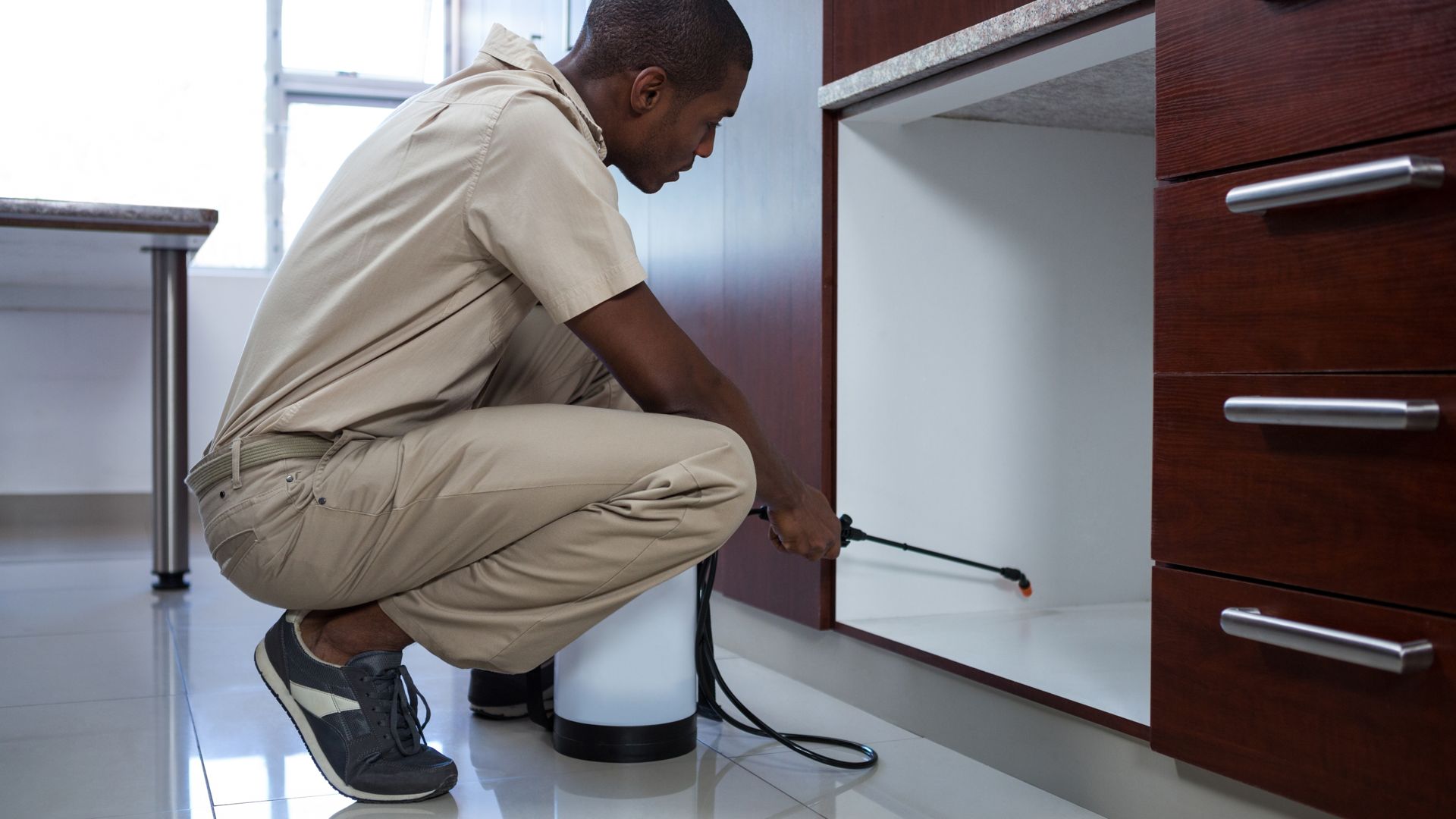When you think about the possibility of a subterranean termite infestation on your Dallas property, you might think it sounds like a slim chance. However, you might be surprised to hear that subterranean termites are the most common species of termites in the United States, making up a large portion of the 600,000 cases of termite infestations that occur each year. Once you realize how real the threat of subterranean termites is to your property, you might pay closer attention to how you can try to prevent a potentially costly infestation.
Subterranean Termite Damage
Did you know that subterranean termites don’t sleep? In fact, these wood-eating pests are busy eating away at your house 365 days a year, 24 hours a day and yet, it still takes them over a year and a half to do damage that’s in the $3,000+ range (on average). The only reason they’re able to do so much damage is that they can go undetected within your home for long periods.
Along with their ability to hide their presence in your home, their preference for moist, rotting wood also allows them to eat through the softened areas of your home’s foundation quicker than any other termite species. However, there might be a way you can stop subterranean termite damage from getting too severe. Although they can be hard to detect, if you understand some common signs of subterranean termite activity on your property, you could spot an infestation before it gets to the point of no return.
The most common subterranean termite signs include:
- Mud tubes: these are left by termites as they invade the home on outside foundation walls or in the dark, hidden areas of inside foundation walls.
- Shed wings: winged termites, known as swarmers, will congregate in the yard in the perfect conditions for recolonization. You probably won’t get to see a termite swarm, as they only occur once or twice a year, but you might be able to notice the shed swarmer wings along the ground.
- Damage to exposed wood: if any of your outdoor wooden features, such as a deck or a fence, begin to deteriorate near the ground, this could be an indication of a termite problem.
- Tightening of doors and windows: as termites eat the interior of your home’s foundation, it can create tightening in your door and window frames.
If you notice any of these termite signs, call a professional pest control service immediately. Don’t join the thousands of homeowners who try and fail to eradicate termite problems on their own.
Prevention Procedures
While do-it-yourself termite removal is usually a practice in futility, there are plenty of things you can do on your own to reduce your chances of an infestation. Subterranean termites typically inhabit lawns with moist soil, which they use to search for moist or rotting wood. Controlling moisture in your yard and home is essential to reducing your odds of a termite infestation. The best ways to do this include:
- Mowing the lawn regularly
- Reducing clutter buildup in the yard
- Using a dehumidifier in basements and crawl spaces
- Monitoring your pipes for leaks
Along with practicing these effective moisture-management techniques, you should also create a barrier against termites crawling through the soil into your home’s foundation. Typically, we recommend a 12-18” barrier of pine straw, rubber mulch, or gravel to preclude easy termite access. You’ll also want to store your firewood away from the house and off of the ground, as firewood will attract termites very quickly.
Unfortunately, you can get all of these things right and still incur a subterranean termite infestation. These pests just seem to always find a way to get in at the worst possible time, unless you enlist the help of professional services. If you want guaranteed pest prevention measures, then it’s time to make the call. Contact Greenforest Termite & Pest Control for the professional termite control services you can count on at reasonable prices.

